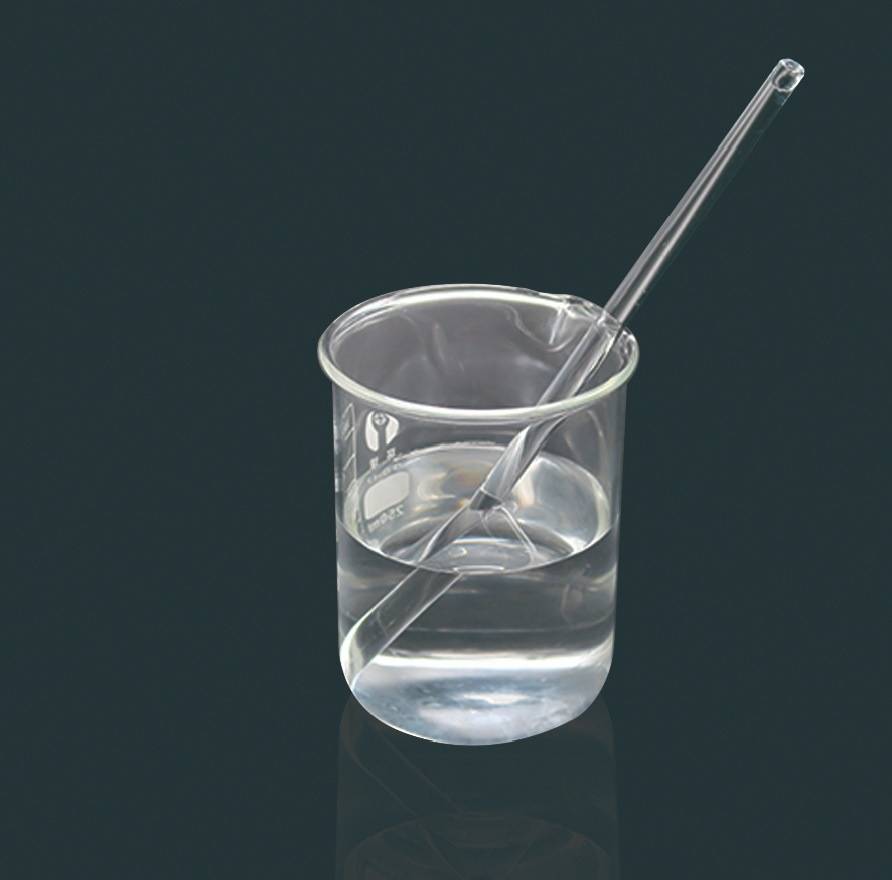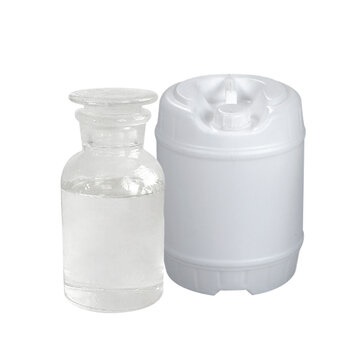In a streamlined method for producing polyurethane (PU) foam, a diisocyanate is combined with a diol, along with fire retardants and other chemical additives. The reaction occurs in the presence of a small amount of water, where the monomers cross-link to form a polymer. As the process progresses, additional water causes the diisocyanate to decompose, releasing carbon dioxide. This gas acts as an expanding agent, inflating the polymer matrix and creating polyurethane foam. The rigidity of the foam is directly related to the amount of diisocyanate used; higher concentrations result in a more rigid final product.
Despite its effectiveness, polyurethane foam generated with carbon dioxide alone tends to exhibit uneven pore structure and increased susceptibility to tearing. To mitigate these issues, blowing agents are employed to achieve more uniform pore size and distribution, thereby enhancing the foam’s structural integrity and insulating properties.
Eastchem supplies high quality of pure pentanes as blowing agents for production of polyurethane foam.
- N-pentane
- Iso-pentane
- Cyclo-pentane
- Pentane mixtures
- Methylene chloride (MC)
- Isobutane



